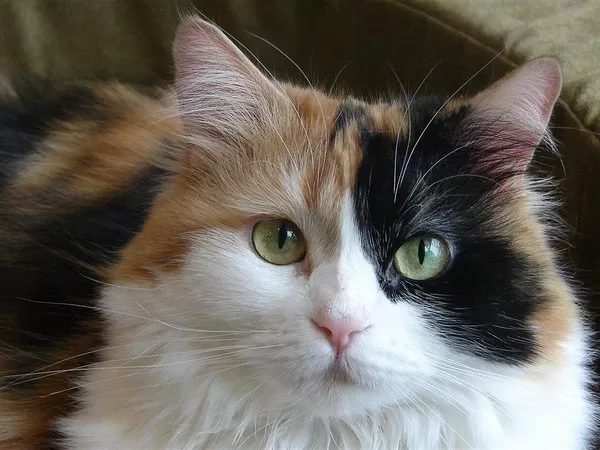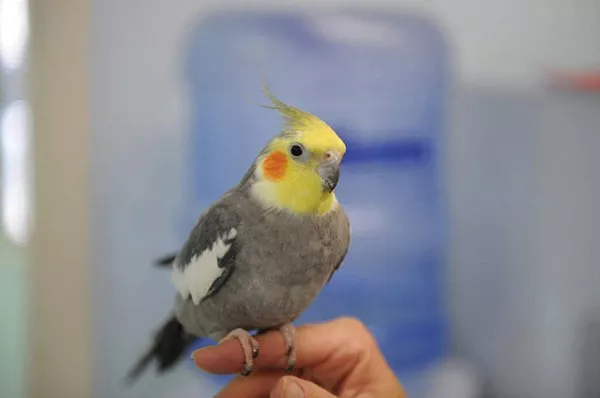The green iguana (Iguana iguana) is a captivating reptile species known for its vibrant appearance and unique physical features. Native to Central and South America, these arboreal creatures have become popular pets in many parts of the world. In this comprehensive visual guide, we will delve into the remarkable characteristics that define the green iguana, providing an in-depth exploration of its appearance and distinctive attributes.
1. Size and Body Structure
Green iguanas are among the largest members of the iguana family. They possess a robust body structure with a long and muscular tail, designed for balancing and aiding in locomotion. Adult green iguanas can reach impressive lengths of up to 5 to 7 feet (1.5 to 2.1 meters), with a significant portion of their length being attributed to their tail. Hatchlings are typically around 8 to 10 inches (20 to 25 centimeters) long.
2. Coloration and Scales
One of the most striking features of the green iguana is its vibrant coloration, which can vary depending on factors such as age, sex, and location. Typically, adult males exhibit more intense and diverse color patterns than females. The body of a mature green iguana is predominantly green, ranging from bright lime green to a darker, forest-like hue. The coloration aids in camouflage within their natural habitat of rainforests and tropical environments.
Along the back and tail, green iguanas possess a series of spines called dorsal crests. These crests are composed of large, triangular scales that protrude upwards, forming a distinctive ridge. Juvenile iguanas may have more pronounced crests, which become less prominent as they mature.
3. Head and Facial Features
The head of a green iguana is elongated, featuring a triangular shape with a pointed snout. It is equipped with a robust jaw and sharp, serrated teeth suitable for consuming vegetation. Their eyes are well-developed and exhibit a yellowish coloration, surrounded by a ring of darker scales. Green iguanas also possess a small, rounded scale called a subtympanic shield located beneath each ear.
4. Limbs and Claws
Green iguanas have powerful limbs, each equipped with sharp claws. These claws assist them in climbing trees and grasping branches. On their front limbs, green iguanas possess five toes, while their hind limbs have four toes. The claws are generally strong and curved, enabling them to grip surfaces firmly.
5. Dewlap and Spines
An iconic feature of the green iguana is the dewlap, a large flap of skin found beneath the chin and extending down the throat. The dewlap serves various purposes, including territorial displays, communication, and thermoregulation. It is highly expandable, allowing the iguana to showcase vibrant colors and patterns when engaging in social interactions or defending its territory.
In addition to the dorsal crests mentioned earlier, green iguanas have spines that run along their tails. These spines provide structural support to the tail and are more pronounced towards the base. While the spines may appear formidable, they are primarily used for defense against predators and are not typically aggressive in nature.
6. Sexual Dimorphism
Sexual dimorphism is evident in green iguanas, with males and females exhibiting notable differences in both size and physical characteristics. Male iguanas are generally larger, have larger head crests, and possess prominent jowls. Their femoral pores, located on the underside of their thighs, are more visible and serve as scent glands used for marking territory. Female iguanas, on the other hand, tend to have smaller heads and lack the pronounced head crests and jowls of males.
7. Molting
Similar to other reptiles, green iguanas undergo periodic molting, a process of shedding their old skin and replacing it with a new one. This allows for growth, healing of injuries, and removal of parasites. During molting, the iguana’s coloration may appear duller, and their skin may appear opaque or flaky. The molting process usually takes several days to complete, after which the iguana’s vibrant colors are restored.
Conclusion
The green iguana’s visual appeal is undeniable, with its vivid green coloration, prominent dorsal crests, and impressive size making it an enchanting creature to behold. Understanding the physical characteristics and unique features of the green iguana is not only beneficial for enthusiasts and pet owners but also for fostering a deeper appreciation for the diversity of reptile life on our planet. By delving into the remarkable world of the green iguana, we can unlock a greater understanding of its beauty and the importance of preserving its natural habitats.
Related Topics:


























